
The device used to support and insulate a wire is called an insulator. The insulator device is made of glass and is called a glass insulator; the most widely used in lines is the tempered glass insulator.
Introduction to glass insulators
Insulators are generally made of glass and porcelain. Mainly used to fix the wire in the pole, etc., and make the wire and pole, etc. insulation. Insulators are one of the key components of high-voltage transmission lines, and their performance directly affects the safety of the entire transmission line. Glass insulators are widely used because of their zero-value self-breakage and easy maintenance.
Advantages
In the first years of production and operation, glass insulators were found to have a series of advantages over porcelain insulators as follows.
The high mechanical strength of the glass insulator surface makes the surface less prone to cracking. The electrical strength of glass generally remains constant throughout the operation, and its aging process is much slower than that of porcelain, so glass insulators are mainly scrapped due to self-damage, which occurs within the first year of operation, but the defects of porcelain insulators only start to be discovered after a few years of operation.
The use of glass insulators can eliminate the periodic preventive testing of insulators during operation. This is because each damage to the tempered glass causes damage to the insulator, which is easily detected by the operating personnel during line inspections. When the insulator is damaged, the glass fragments near the steel cap and iron foot are stuck and the mechanical strength of the remaining part of the insulator is sufficient to prevent the insulator string from breaking off. The self-breakage rate of glass insulators is one of the important indicators of product quality and is also the quality basis for bidding and evaluation of current power transmission projects.
Model
Glass insulator models mainly include: LXP-70, LXP-100, LXP-160, LXHP-70, LXHP-100, LXHP-160, LXY-70, LXY-100, LXY-160, LXHY-70, LXHY-100, LXHY-160, FC-70, FC-100, FC-160, FC70P/146, FC100P/146, LXY1-70, etc.
Explore more:Exploring the Advancements in Lithium Battery Technology: Innovations and Future TrendsAdvantages of Residential Energy Storage: Self-Sufficiency and Cost SavingsIs TFT display better than AMOLED?How Does the Design and Construction of Power Resistors Impact Their Performance and Reliability?Is electrolytic capacitor used for AC or DC?What Does a CBB60 Capacitor Do?Electronic Speed Controller (ESC): Unleashing the Power of Precision Control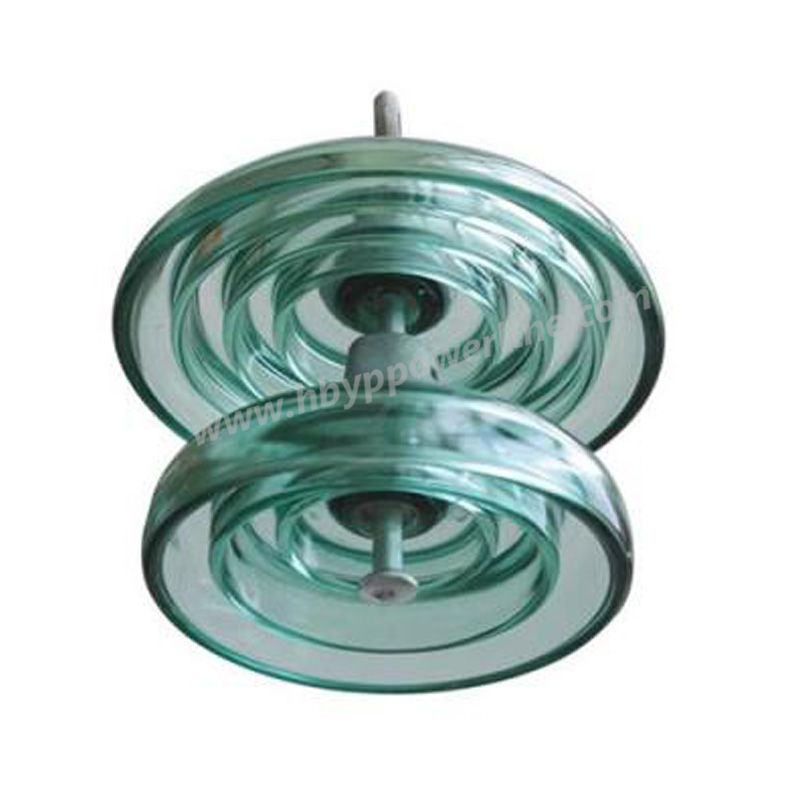
Performance of Tempered Glass Insulators
Electrical performance
The destructive discharge along the insulating surface is called flashover, and the flashover characteristic is the main electrical property of insulators. For different voltage levels, the insulator withstand voltage requirements vary, the indicators are frequency dry, wet withstand voltage, lightning shock withstand voltage, lightning shock cutoff voltage, operating shock withstand voltage, etc... In order to avoid a breakdown in operation, the breakdown voltage of insulators is higher than the flashover voltage. In the factory test, the breakdown type of porcelain insulators is generally subjected to spark test, i.e. adding high voltage to make frequent sparks occur on the insulating surface, maintaining a certain time to see if they are broken. Some insulators also need to go through corona test, radio interference test, partial discharge test, dielectric loss test, etc. In insulators in high altitude areas, the electrical strength decreases due to the decrease in air density, therefore, the withstand voltage should be increased accordingly when converted to standard atmospheric conditions. The flashover voltage of a dirty insulator when it is wet is much lower than its dry and wet flashover voltage, therefore, the dirty area should strengthen the insulation or use the dirt-resistant insulator, whose creepage ratio (creepage distance and rated voltage ratio) should be higher than the normal type. DC insulators compared with AC insulators, the electric field distribution is poor, and adsorption of dirt particles and electrolytic effect, the flashover voltage is lower, generally require special structural design and greater creepage distance.
Mechanical properties
Insulators in operation are often subject to gravity and tension of the wire, wind, ice weight, insulator self-weight, wire vibration, equipment operation mechanical force, short circuit electrodynamic force, earthquake and other mechanical forces. The relevant standards have strict requirements for mechanical properties.
Thermal Performance
Outdoor insulators require the ability to withstand rapid changes in temperature. For example, porcelain insulators are required to withstand several cold and hot cycles without cracking. Insulating bushings are subject to the temperature rise of the parts and insulators as well as the allowable short-time current value due to the passage of current, which must comply with the relevant standards.
Hebei Yipeng can provide standard glass insulators, anti-fogging/anti-pollution glass insulators, pneumatic glass insulators, if you have any demand for anti-fogging/anti-pollution tempered glass insulators, please feel free to contact us!
Explore more:Maximizing Your Digital Potential with OLED Display ModulesWhat is a Vertiv UPS System, and How Does It Work?Features and Advantages of Data Center Cooling System Precision Air CoolingAdvantages of Semi Automatic Lithium Battery Pack Production LineWhat are the advantages of PA system?What size is a stage LED screen?Which Cutting-Edge LED Stage Screen Allows Mind-Blowing Visuals?






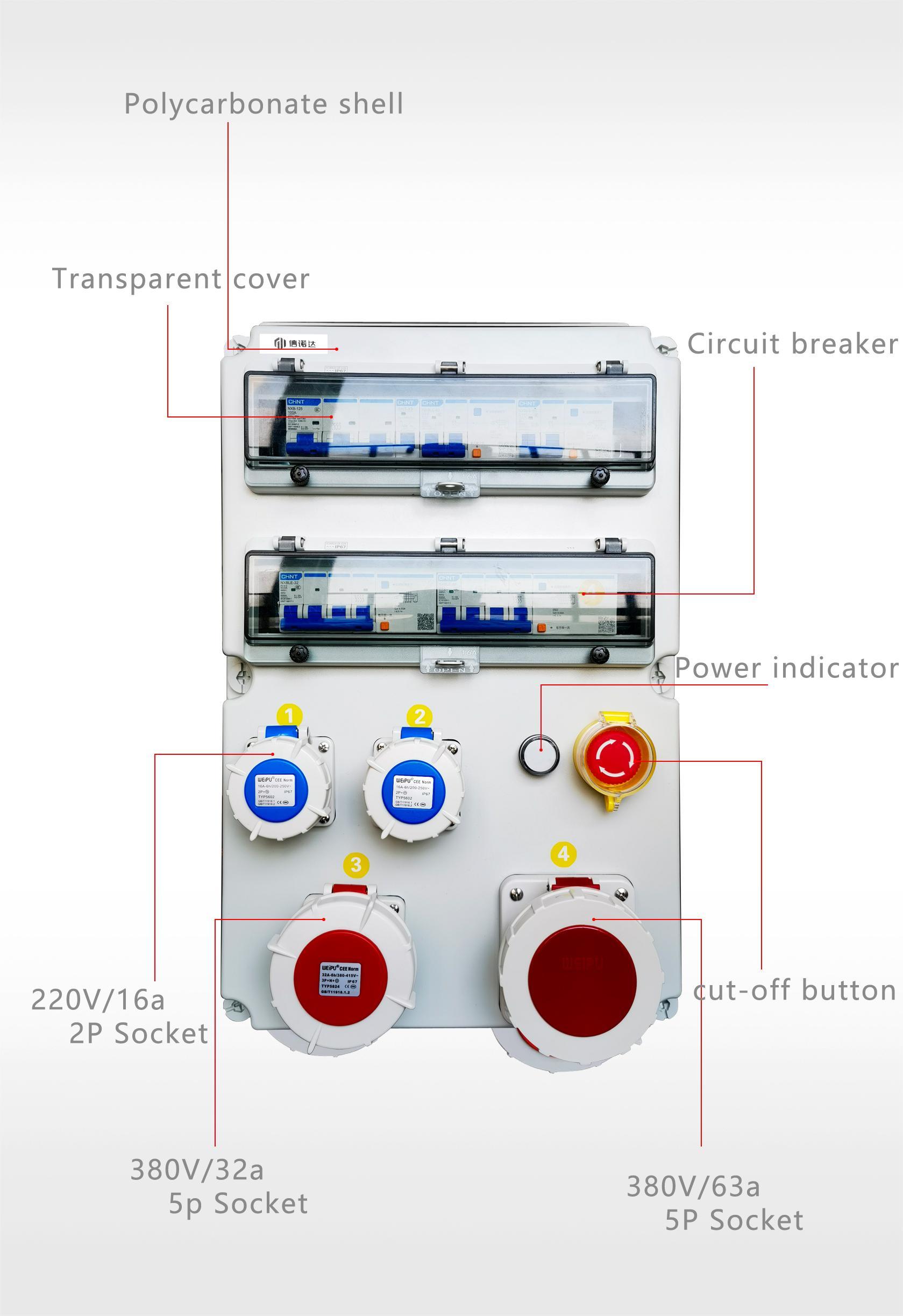

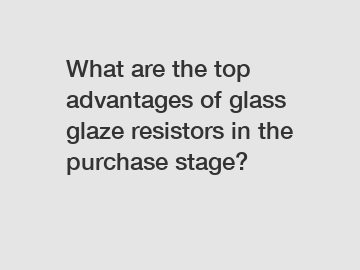
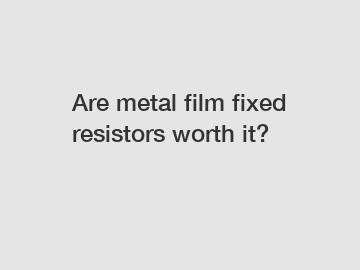

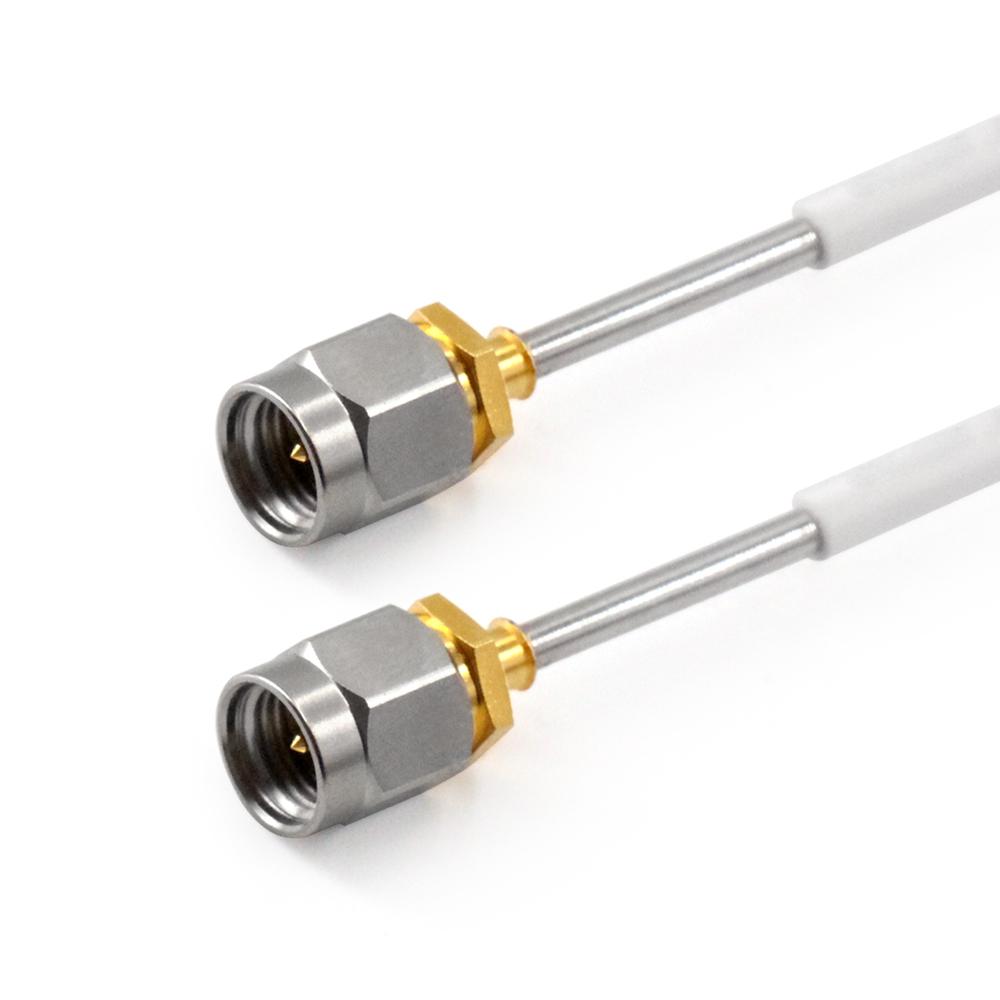
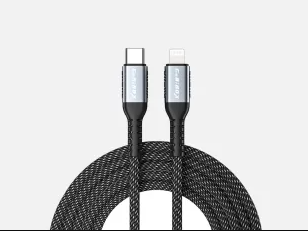
Comments
Please Join Us to post.
0